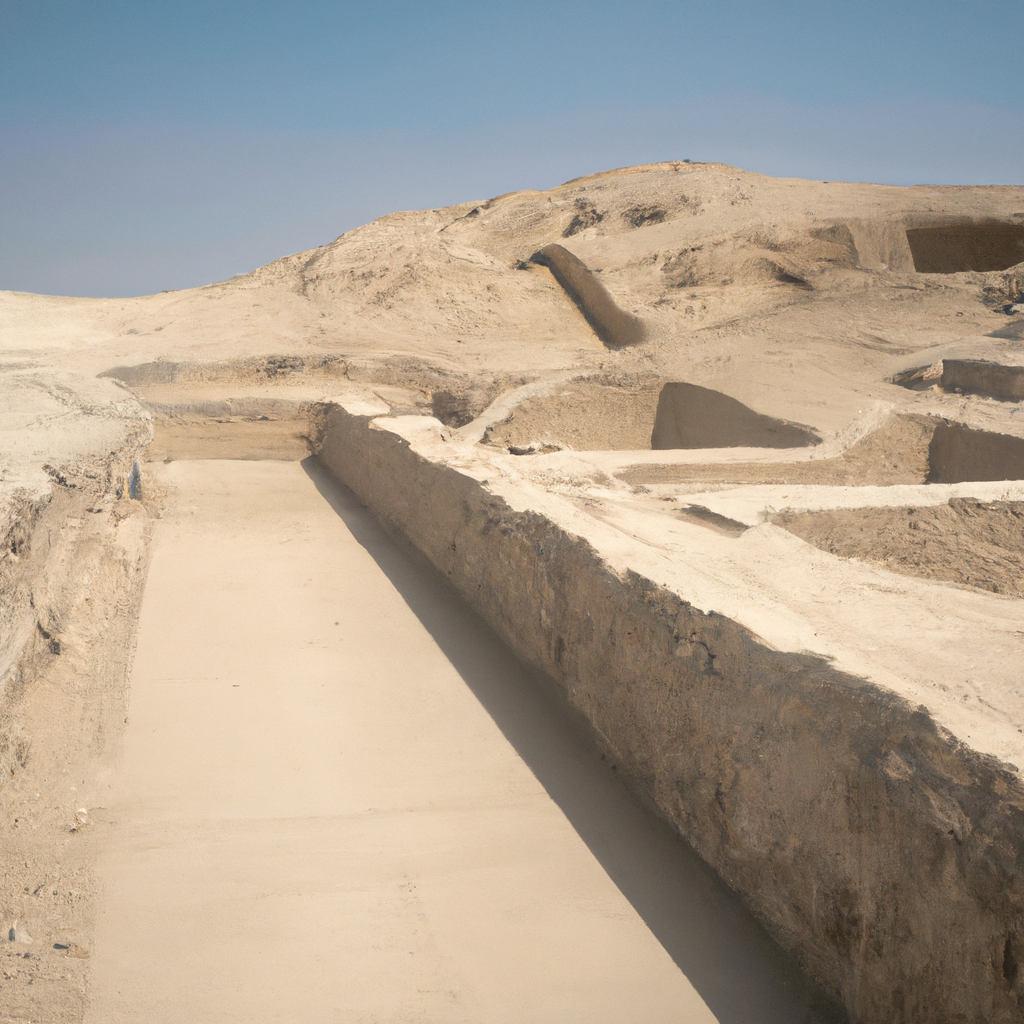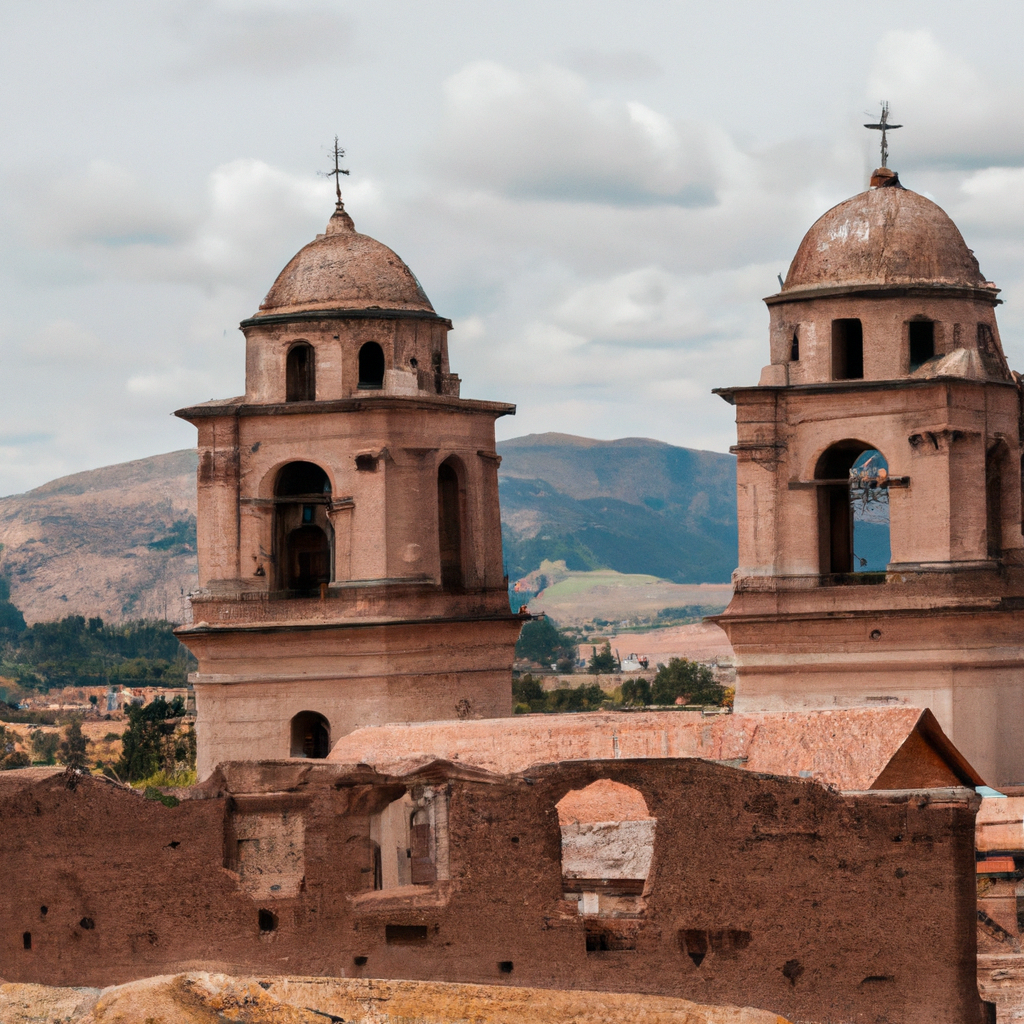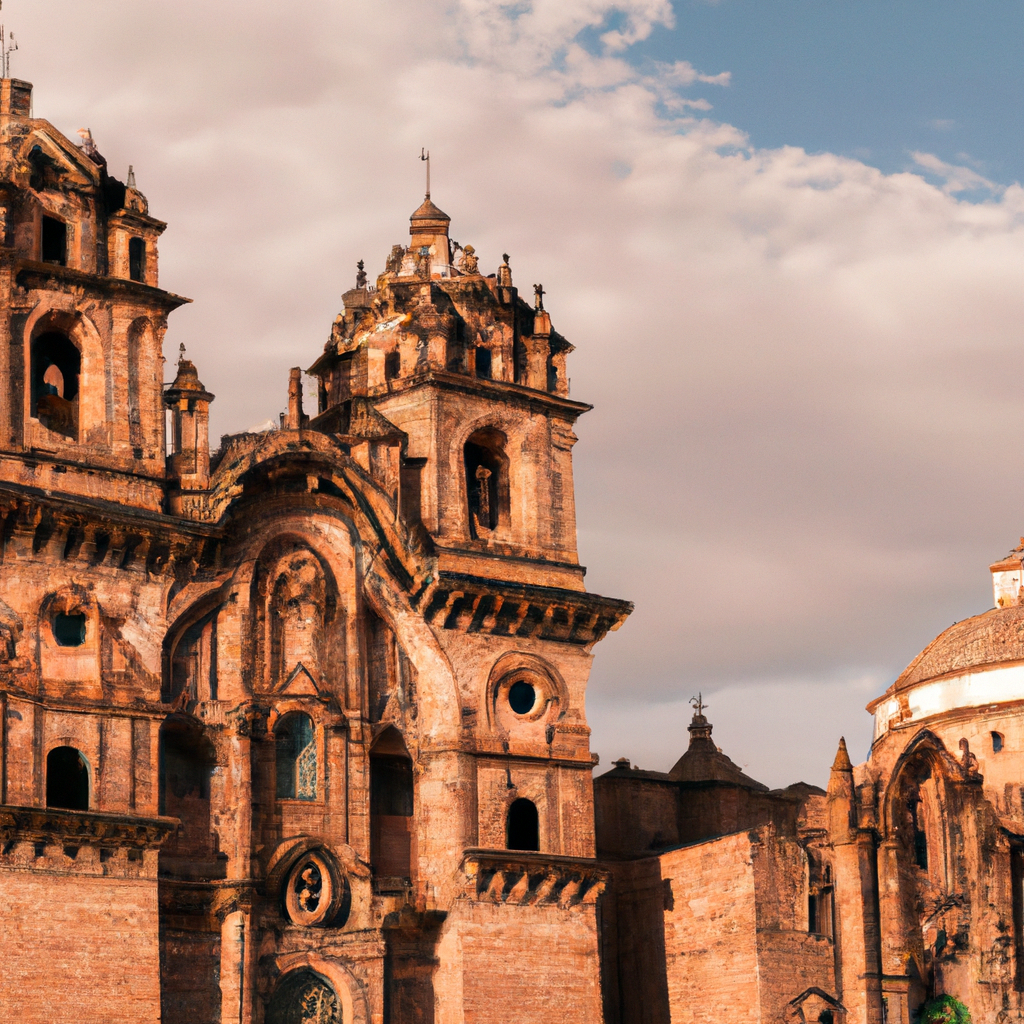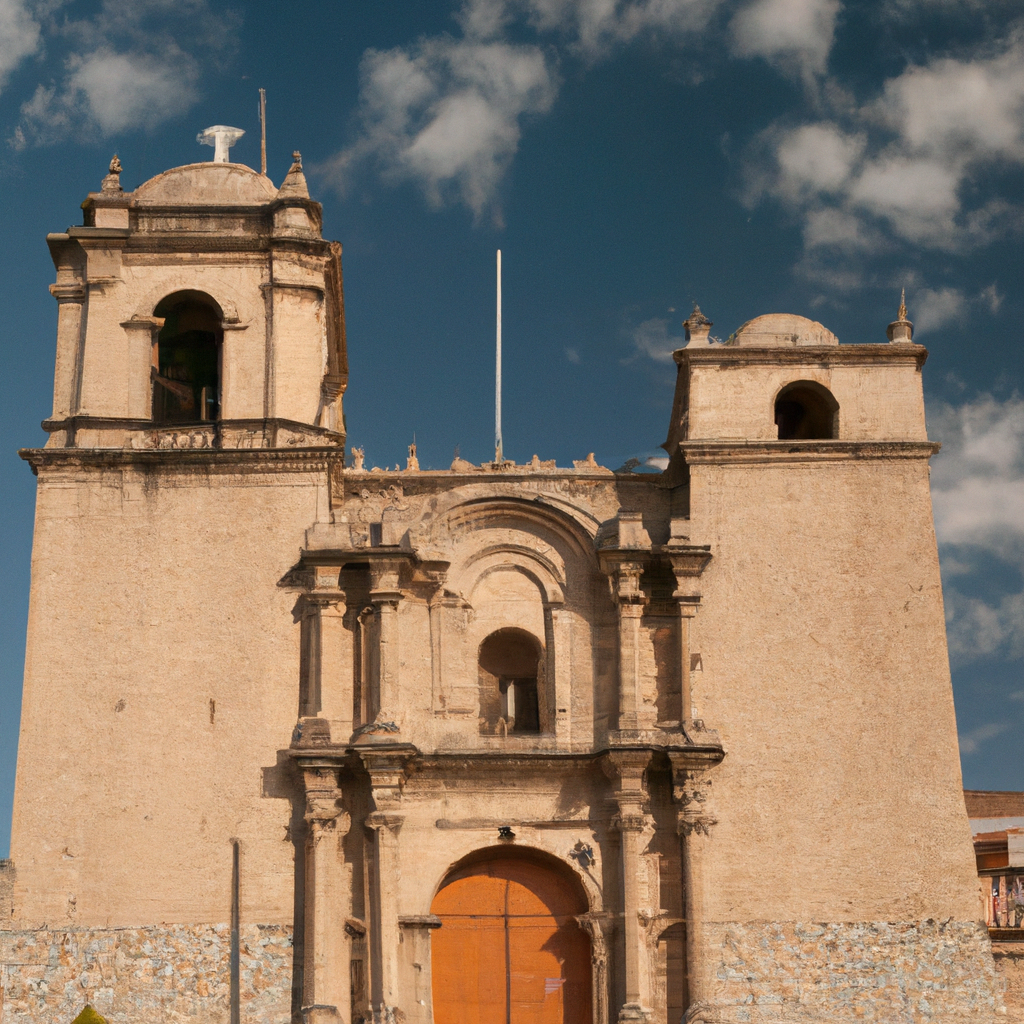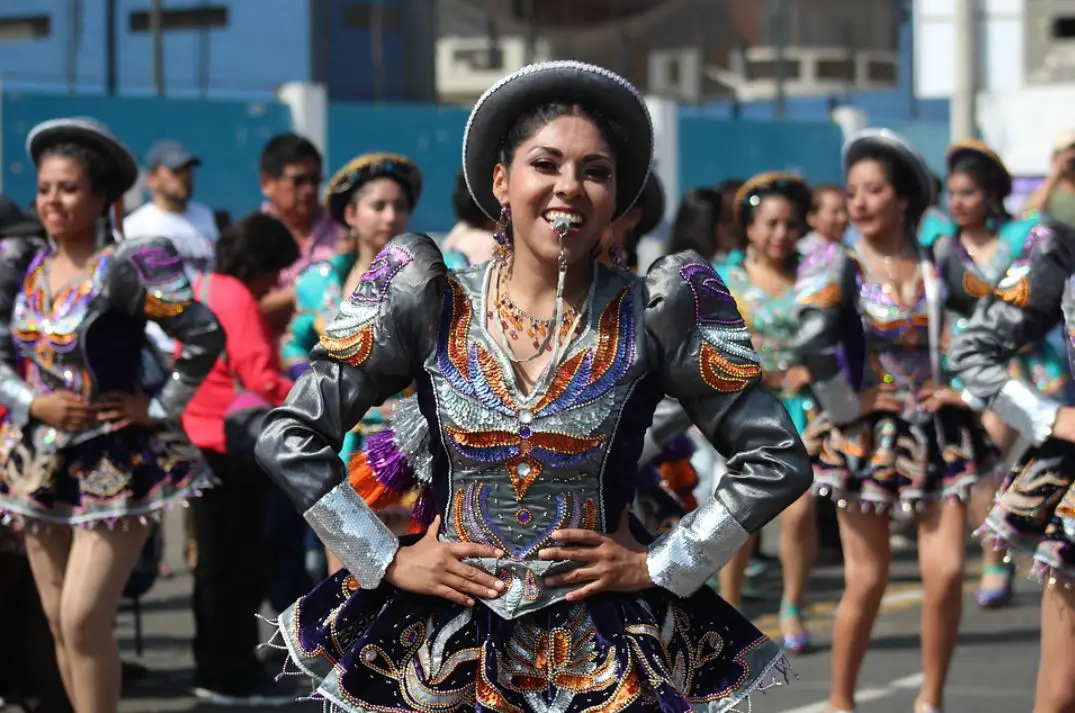Complejo Arqueológico El Brujo in Trujillo In Peru: Overview,Prominent Features,History,Interesting facts
Overview:
Complejo Arqueológico El Brujo is a pre-Columbian archaeological site located on the northern coast of Peru, in the city of Trujillo. The complex is composed of a temple platform, terraces, mounds, and a pyramid, or Huaca El Brujo. The site is believed to have been occupied by the Moche people (300-850 CE) and is renowned for its intricate polychrome murals and sculptures. The site was later developed by the Chimú civilization (1300-1450 CE). Today, Complejo Arqueológico El Brujo is Peru’s premier cultural tourist attraction, offering visitors a glimpse into the ancient past of the northern coast. It is one of the most beautiful monuments in Peru
Prominent Features:
• Pre-Colombian Ruins: The El Brujo Archeological Complex is home to an extensive set of pre-Colombian ruins, including pyramids, houses, terraces, workshops, and other structures. Many of the structures date back to the Moche civilization and contain amazingly well-preserved artwork. • Moche Mural: One of the more prominent features of the El Brujo Archaeological Complex is the Moche mural, which contains detailed figures of birds, plants, and people, and is believed to be the largest mural of its kind. The mural is located inside an underground tomb that has been sealed off since the Moche civilization. • Huaca Cao Viejo Temple: This large temple pyramid is one of the most iconic structures in the El Brujo Archaeological Complex. Measuring around 75 meters in length, it is believed to have been built between the 5th and 8th centuries. The structure has survived the harsh weather conditions of the region, and visitors can climb the steps to the top of the pyramid and take in the amazing views of Trujillo. • Cerro El Brujo: The El Brujo Archeological Complex is located on the Cerro El Brujo, which means "the wizard's hill". The hill on which the ruins are situated is believed to have been an important ritual site for the Moche civilization. There are still a number of mysterious and unexplained structures located on top of the hill, including the pyramid of El Dragon. • Huaca El Brujo: This is the main structure of El Brujo. It is a four-story pyramid that contains a wide range of artifacts and remains from the Moche civilization, including weapons, pottery, tools, and other items that have survived the centuries. The structures are a great source of insight into the culture and history of the Moche people. You can learn history, culture, and heritage through these magnificent monuments in Peru.
History:
The Complejo Arqueológico El Brujo (El Brujo Archaeological Complex) is an archaeological site located in the La Libertad Region, on the north coast of Peru. It is known for its archaeological remains, spanning from the Moche culture to the Viceroyalty period of Peru. The complex is named after the huaca El Brujo (The Shaman), the main archaeological site on the complex. The site is composed of 3 major sites and a number of smaller sites spread out along the Moche Valley in the district of Magdalena de Cao. The main complex includes Huaca El Brujo, Chan Chan, and Huaca Esmeralda. Huaca El Brujo is the largest of these sites and was a major religious and political center during the Moche period (2nd to 8th century). Chan Chan is the largest pre-Columbian city in South American and is made up of an urban core, surrounded by numerous compounds and platforms. It was an important center of commerce and administration during the Chimú period (1000-1400 AD). Huaca Esmeralda is smaller than El Brujo and Chan Chan, but is the most distinct of the sites due to its green ceramic and polychrome murals. It is thought to be a royal burial chamber from the Chimú period. All of the major sites at El Brujo were declared a UNESCO World Heritage Site in 2018. The site has been extensively studied since the 1970s but there is still much to be discovered about its history and culture. Furthermore, El Brujo has become an important tourist attraction, with visitors from all over the world coming to explore its many archaeological sites. El Brujo’s archaeological remains represent both the grandeur of past civilizations and the ongoing process of rediscovery and preservation. Visit one of the famous monuments of Peru with your friends and family.
Interesting facts:
1. The Complejo Arqueológico El Brujo is the setting of a Moche ceremonial center located near the city of Trujillo, Peru. 2. This archaeological complex dates from the Moche Period (AD 200 – 800) and consists of three main archaeological sites: Huaca El Brujo, Huaca Cao Viejo and Huaca Cortada. 3. It is believed that El Brujo was a religious and political center for the Moche that was used for ceremonies and to honor important officials, such as governors and priests. 4. El Brujo is believed to be the largest and most important Moche archaeological site in existence. 5. While exploring El Brujo, archaeologists found the remains of a reigning Lord that archaeologists have come to call “The Lady of Cao”. 6. This lady was buried with many artifacts, including fine jewelry and colorful fabrics, and is believed to be an important high-ranking Moche woman. 7. The site is home to several intricately decorated murals, which archeologists have studied to learn more about the Moche people and their culture. 8. During the summer months, the El Brujo complex is open to visitors and guided tours are available. One of the historical monuments of Peru, it tells the story of a bygone era
Explore Peru most popular tourist destination with us. Complejo Arqueológico El Brujo in Trujillo In Peru: Overview,Prominent Features,History,Interesting facts,which is 35.14 km away from Peru main town, is the most popular destination to add in your travel wishlist.
-
City:
Peru
-
state:
Trujillo
-
country:
Peru
-
country code:
PE
- postcode:
Location:
Trujillo Peru
